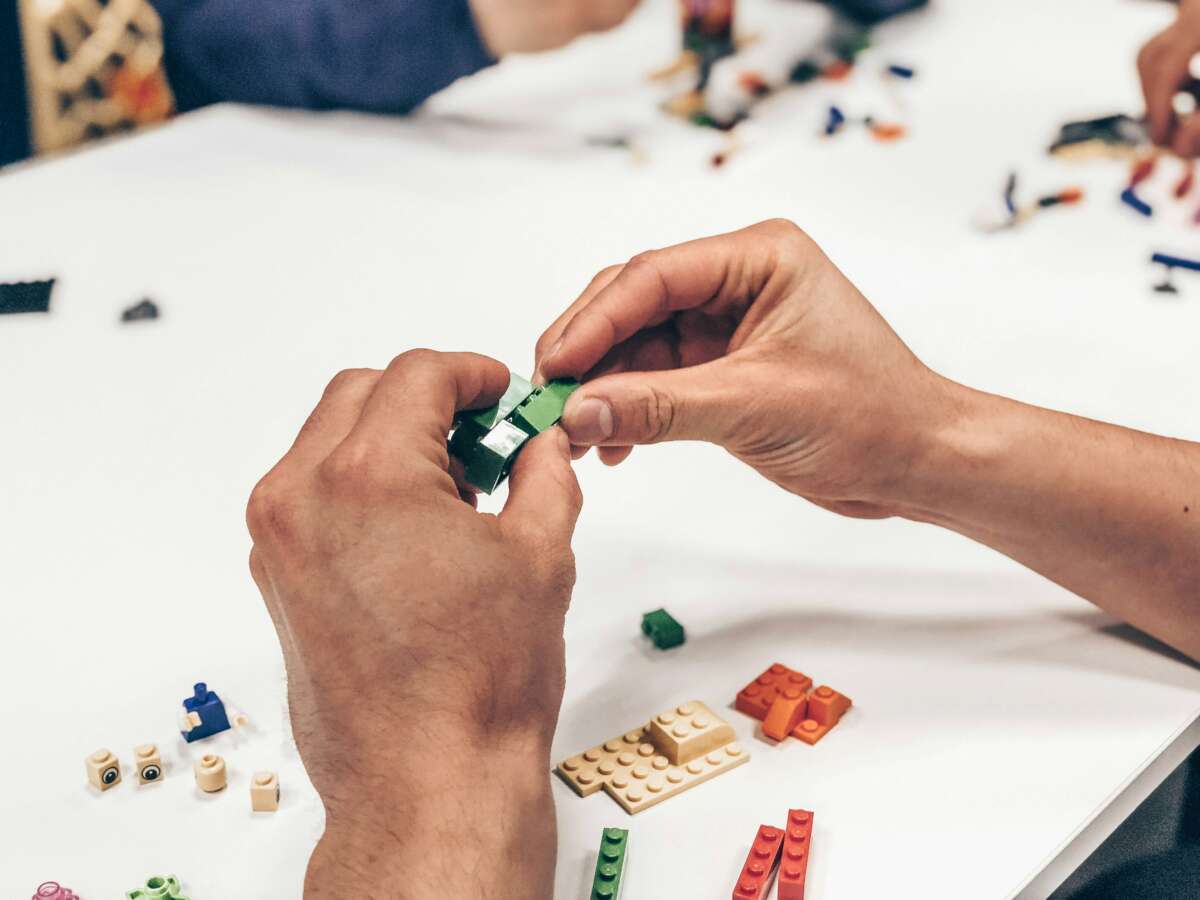Next week at the CRI program, where I am doing my practical research this year, I am giving a human-centered design workshop. For the past six months, I’ve been walking through consultations, interviewing colleagues and working on a sub-project myself. This summer I analyzed all the data so far, and starting this summer I will share the insights with the team. Part of that is reflecting about how to apply principles and activities of human-centered design.
This blog is in preparation for that reflection workshop. I was looking for a handy and simple introduction to the subject of human-centered design, which I can of course share with you as well. For my colleagues, I made a nice little clickable blog in which they could put their answers right away, unfortunately you have to make do with static content. There must be a difference of course.
If you want to follow my research, subscribe to my monthly newsletter.
The first entrant
The essence of human-centered design, if you ask me, is still best explained by IDEO, one of the founders of the method (Kelley & Kelley, 2013).
There are many diagrams and pictures that explain the process and principles of human-centered design. Some have 3 steps, others 7. But all have fairly the same cycle. You put yourself in the situation of the person who has a problem, come up with one or more solutions, prototype one so you can test the idea and, again together with the person experiencing the problem, see which solution is the best.
In my research I use the ISO standard human-centered design for interactive systems. I chose this one because it describes the human-centered design process well, and because my research focuses on government services that, for the most part, go through interactive human-computer systems and everything that is involved at the “back end. Think IT systems, organizational processes and public policy.
I used the principles and activities from the ISO standard to compare all observations of the past months and interviews with colleagues. I always looked at what I saw reflected, and which factors helped to work this way and which things did not.
During the workshop, I am especially curious about how colleagues themselves view this.
- What do you understand by this principle or activity?
- How do you recognize it or not in your way of working?
- What do you think works well for you and what doesn’t?
- Where do you see room for improvement?
You can also ask these questions in your organization. If anything interesting comes up, I’d love to hear about it!
Principles of human-centered design
- What we create and conceive is based on an explicit understanding of users, tasks and their context.
- We continuously involve users in devising and creating solutions
- Our designs are practiced and tested with real users, this determines the choices we make.
- We work iteratively.
- Our designs focus on the entire user experience of the entire service.
- Our team includes people with different skills and perspectives to design together in a human-centered way.
By the way, a design can be anything. For example, a design for an interactive app in which you can see your debts, or a design for a settlement a citizen can make with the government. Or a design for adapted policies around legal protection.
A design is a potential solution to a problem.
Potentially, because the cool thing about design is that you can try something out. You do that by making an unfinished version of the design (a prototype) that you can test with real users. For example, people in debt, but also colleagues from the helpdesk who are making payment arrangements with a citizen.
If you work from these principles, you should – if all goes well – see that reflected in what you do and what actually happens.
Activities of human-centered design
Human-centered design is an iterative process, a cycle in which the last step restarts the first.
The only step, step 0, that still takes place before that is: planning the human-centered design process. This includes creating preconditions to work this way. The steps after that:
- Understand and specify the context of use. This context is both that of the user and all other parties involved in the problem.
- Identify the needs of users and other stakeholders. These may include opposing needs.
- Creating design solutions. In other words, coming up with solutions to the problem, how they fit the context of the users and what they need, and then developing this into tangible prototypes.
- Evaluate the design. You can do this with those tangible prototypes, but also do it over the long term. When solutions are already (partly) implemented, you keep monitoring. You use the feedback to iteratively make it ever more appropriate to the context of use, step 1.
If you would like to read the entire ISO standard human-centered design with all the explanations and definitions, please send me an email.
Resources
ISO. (2019). ISO 9421-210 – Ergonomics of human-system interaction – Part 210: Human-centred design for interactive systems. Geneva, Switzerland, International Organization for Standardization.
ISO. (2023). ISO 9421-221 – Ergonomics of human-system interaction – Part 221: Human-centred design process assessment model. Geneva, Switzerland, International Organization for Standardization.
Kelley, D., & Kelley, T. (2013). Creative confidence: Unleashing the creative potential within us all. Crown Business.
